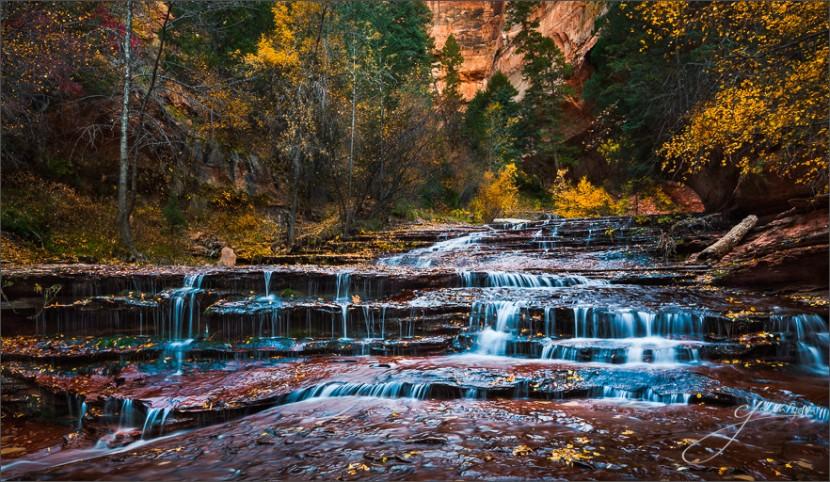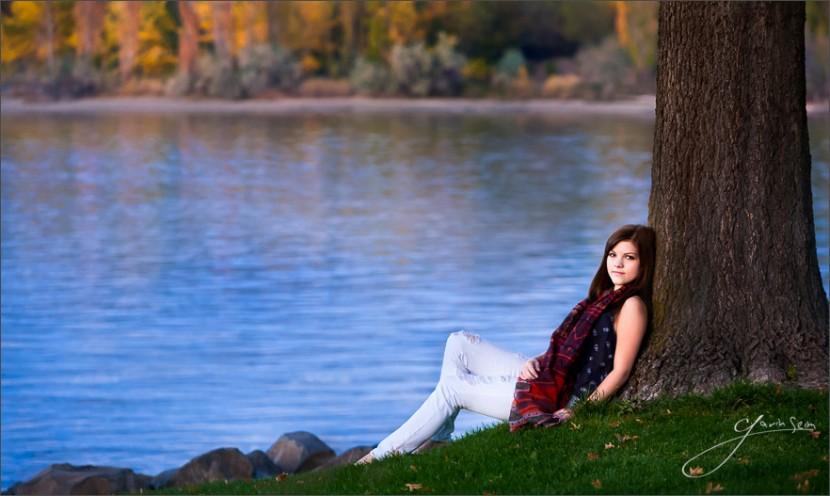
The rules of art are universal to any style or any experience level. Rules can be broken, but they act as guides to help us stay on track; we should break them only for with reason. Here’s some powerful tips I’ve learned over many years. I’m also adding related links to a LOT of FREE content and videos that go more in depth. These powerful reminders will only take a few minutes, but will leave you with proven ideas that last a lifetime.
- Have ONE primary subject. Everything else should be supporting cast.
- Omit needless objects. If they don’t add to a photo, kick them out.
- Light & Tone are king. Understand exposure, tones and zones (video)
- Use SPACE. I see so many images that would be great not so crowded by the frame.
- Think of light as liquid. Watch where it goes; know how it flows (more).
- What surrounds a tone changes how to see it. Regardless of it’s actual value.
- SHARPNESS is only as far away as a tripod, good focus and good planning (more).
- There’s only 3 ways to get great light. Take it, make it, or wait for it! (video)
- In portraits set the pose. Then watch those EYES to capture the soul.
- Exposure is simple as 2+2, doubles & halves. Understand the STOP (more).
- When harsh sun is a problem. Wait for the light, or find that golden shade.
- Think about the shadows; without shadow, we don’t see light. (video).
- You can’t fake it! Use that sunrise/sunset magic hour whenever you can.
- LINES lead the eye. Pay attention to where they go and how they intersect.

- Flat light is usually boring. Look for ratios and 3 dimensional light.
- Take time to LOOK AGAIN at your subject BEFORE releasing the shutter.
- Study history. Photography has 150+ years of it to make you a better artist.
- Getting it right in camera is always easier than fixing it in post.
- Change how you see making exposures LONG. Don’t forget an ND filter & tripod.
- If you can’t something something wrong in your best photo. Look again & learn.
- Just stop… Slow down, refine, simplify and visualize (video).

If you want to take it further subscribe to our newsletter below and check out the workshops tab above. Take the time to learn it right and you will improve faster than you ever imagined. — Gav


